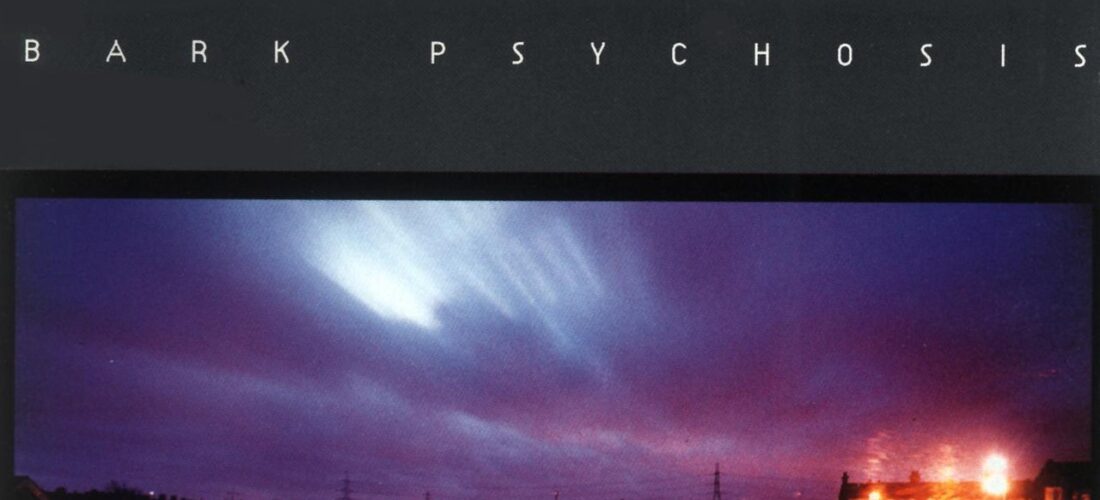For Bark Psychosis, making their debut album was an act of obliteration. Over the course of a few singles and EPs in the late ’80s and early ’90s, the quartet—composed of vocalist and guitarist Graham Sutton, bassist John Ling, drummer Mark Simnett, and eventually multi-instrumentalist Daniel Gish—matured from teenagers obsessed with Napalm Death and noise rock to composers of patient and oft-improvisational pop music. But as they set out to work on Hex, they began to think about the whole enterprise differently. They were ready for the band to die.
“We’ve never been interested in rock,” Sutton told Melody Maker soon after the album’s release. “I’m even uncomfortable with the idea of being in a band. It seems such a juvenile thing. I’m trying to break it all up at the moment.”
Traces of this philosophy were evident in the music they’d made leading up to Hex. “Scum,” a 21-minute song recorded amid the pews and moldy carpets of the London church where Simnett worked and then released as a standalone single, sounds as if their early dreamy pop music had been reduced to misty echoes. Distant vocal sections are clouded out by celestial drones and noises that flutter and flip like heart palpitations. The band moves discursively between loosely defined sections, governed seemingly by the logic of daydreams.
It’s an approach that eventually led Simon Reynolds to call Bark Psychosis “post-rock.” Though the band has little in common, aesthetically or philosophically, with gooey sentimentalists like Explosions in the Sky and Sigur Rós who became popular under that umbrella, in a literal sense, the term fits. “Scum,” and, later, Hex, represented a full-on rupture with the structure and sound of rock. In place of yowling emotionality, Sutton offered sedate murmurs. For preening riffs, they substituted brittle, crystalline guitar figures. Instead of thunderous percussion, Simnett played economically and compactly, recalling the mechanical precision of the Can records and techno they were listening to at the time. Bark Psychosis learned to be meditative, mysterious, and elliptical in a way that felt almost confrontational. Each release became a provocation to meet the band on its own terms, to find whatever peace you could in its strange rhythms.
With Hex, Sutton—the band’s self-described “taskmaster”—sought to push these ideas even further. The group had long nurtured an obsession with the rigid strictures of techno, and the sequencer-based process that generated such ecstatic repetition, an approach they aimed to replicate on Hex. Jettisoning the four-guys-in-a-room-jamming process that birthed “Scum,” the band worked heavily with sampling, editing, and dubbing takes. The effect is subtle, but the resulting songs do share at least a philosophical link to the electronic music that inspired them. Hex’s compositions are hallucinatory and strange; they unfurl slowly, shifting gradually over the course of a track’s delicate sprawl until the opening moments are a distant memory.
